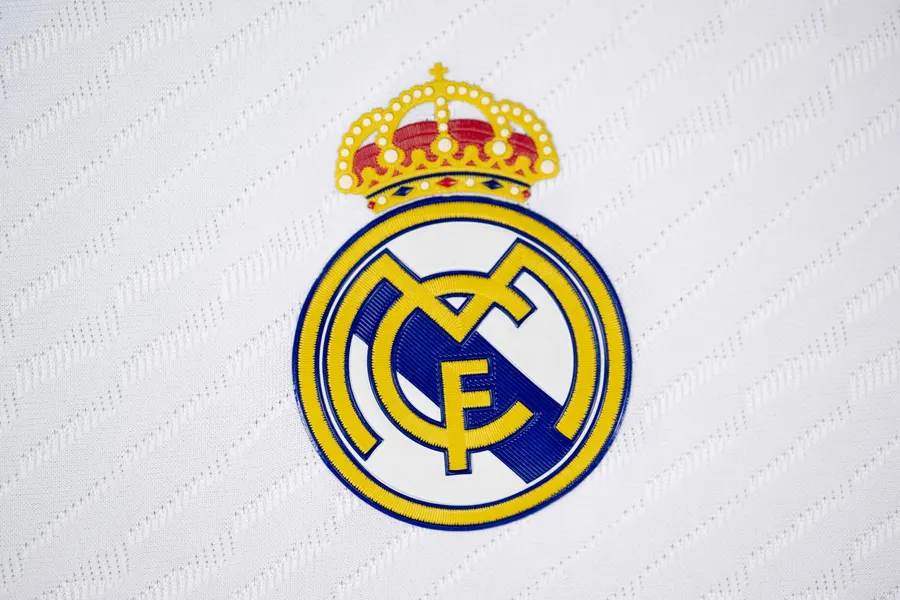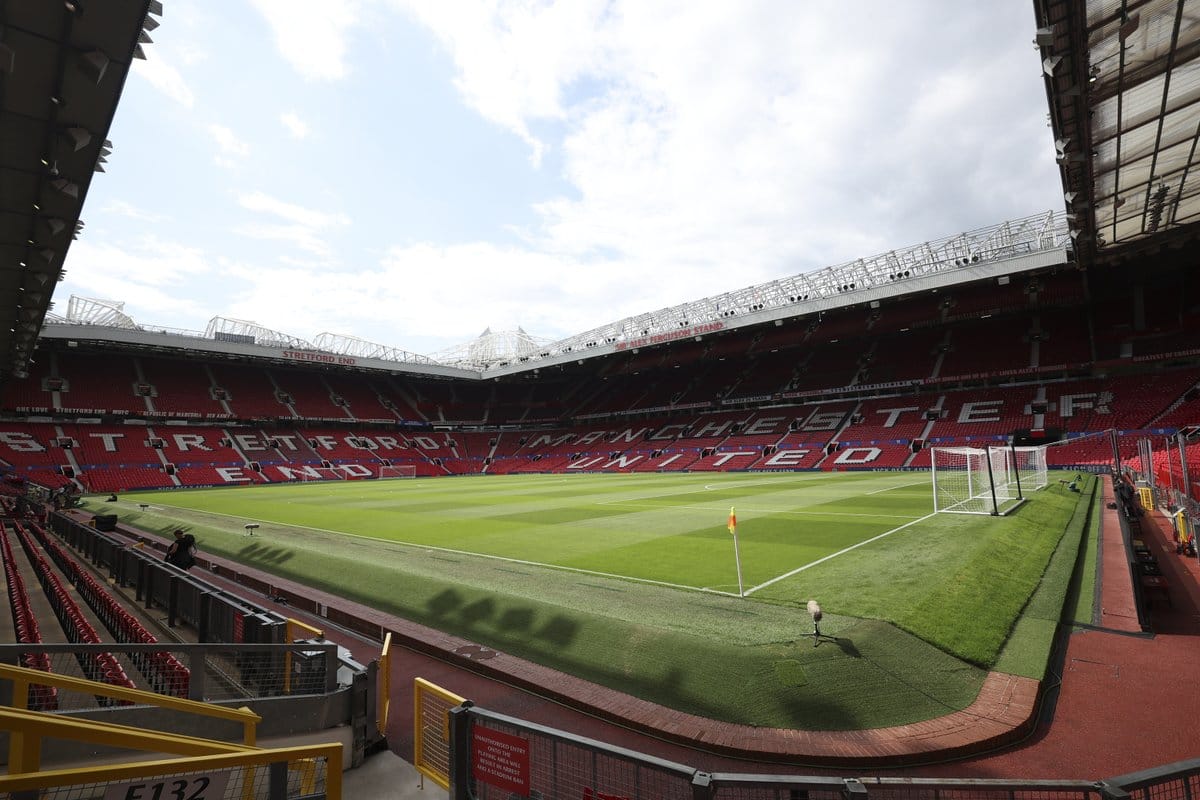(Motorsports news) With 22 races held in both years and the more lucrative Las Vegas race effectively replacing the F1 French GP, the overall numbers for the entire season are predicted to be higher than they were last year. However, as was the case in 2022, only six events—instead of the seven initially planned—were staged between April and June due to the cancellation of the Imola race due to local flooding.
The significance is that race promotion money is reported in the quarter in which the event occurs, and media rights and sponsorship revenue are divided pro rata among the four quarters according to the number of races held during the time. F1’s second quarter revenue decreased from $744 million in 2022 to $724 million in 2023 as a result, with a $10 million decline in primary revenue (race fees, media rights, and sponsorship) and an additional $10 million loss in other revenue streams.
After deducting these and other expenses, F1 profits grew marginally from $49 million to $52 million during the same time period, while payments to the 10 teams decreased from $368 million to $344 million.
The reduction from seven to six events out of 22 as a result of the Imola cancellation had the largest detrimental effect on how media rights money is recognized. Due to larger contractual costs across the other events, even though there were only six rather than seven races, the overall amount for race promotion was actually higher.
According to Liberty, “media rights revenue declined in the second quarter, offsetting growth in race promotion and sponsorship.” Although there was one fewer race held during the current period, race promotion revenue increased as a result of contractual increases in fees, and sponsorship revenue increased as a result of recognition of revenue from new sponsors and growth in revenue from existing sponsors.
“Media rights revenue decreased due to the impact of lower proportionate season-based income recognition, partially offset by continued growth in F1 TV subscription revenue and increased fees under new and renewed contractual agreements,” according to the report.
In the second quarter, other revenue “decreased primarily due to lower freight income driven by the easing of freight cost inflation on billing rates and lower hospitality revenue due to one fewer race held in the current period, partially offset by higher licensing income and higher revenue related to F2/F3 car chassis sales,” according to Liberty.
Additionally, Liberty pointed out that expenses connected to the abandoned Imola race contributed to an increase in F1’s overall costs. “Significantly lower freight costs were offset by increased hospitality costs associated with servicing higher Paddock Club attendance and cost inflation, higher commissions and partner servicing costs associated with growth in primary F1 revenue streams, and higher cost inflation,” the report said.
Also read: Red Bull gained “another advantage” with the most recent F1 upgrade, according to Wolff














